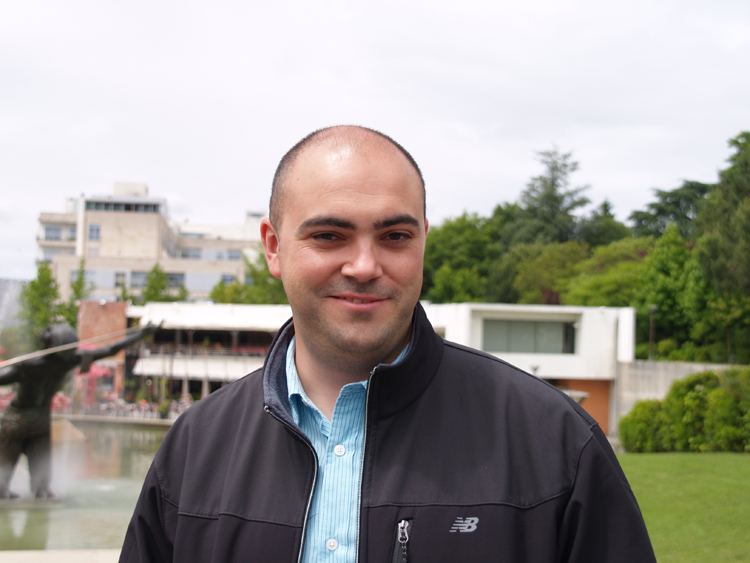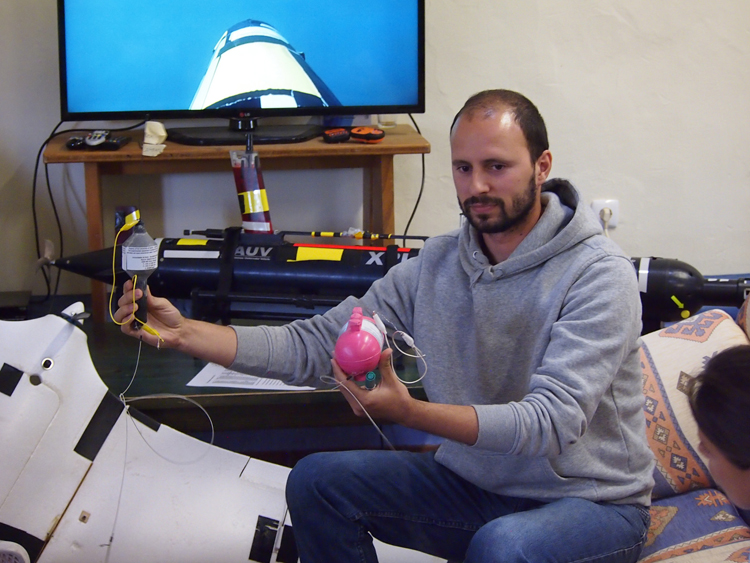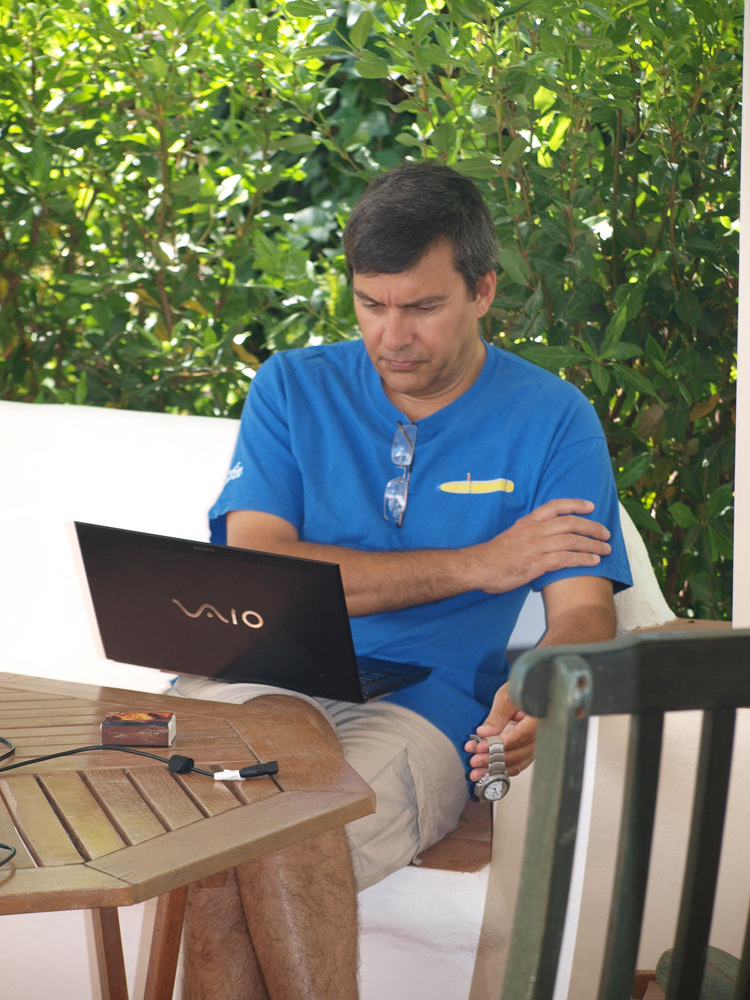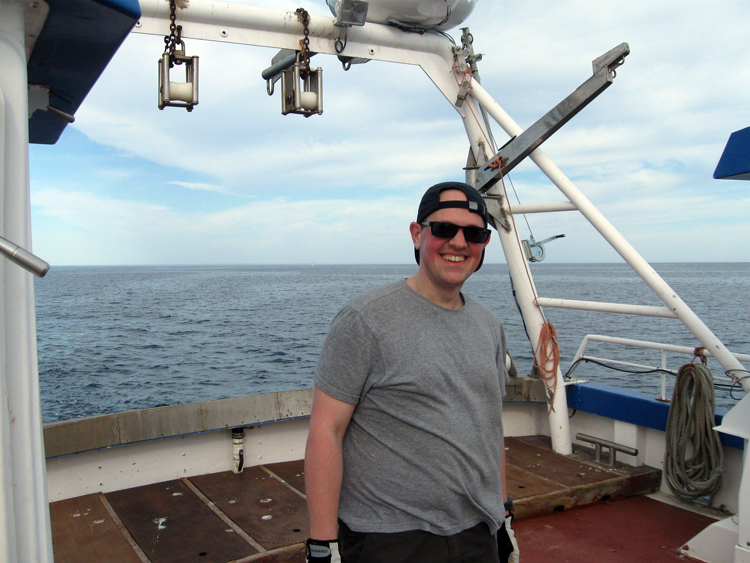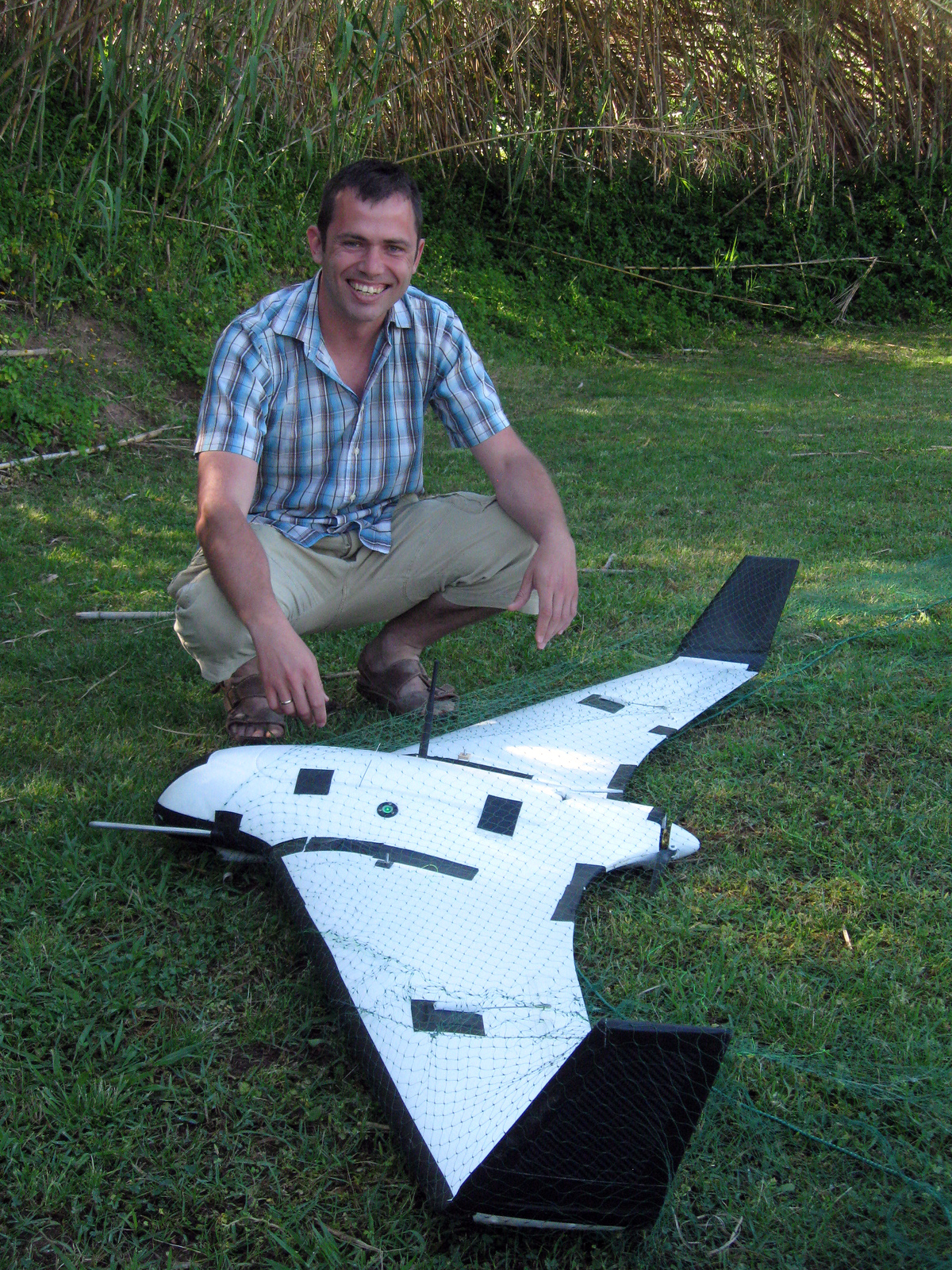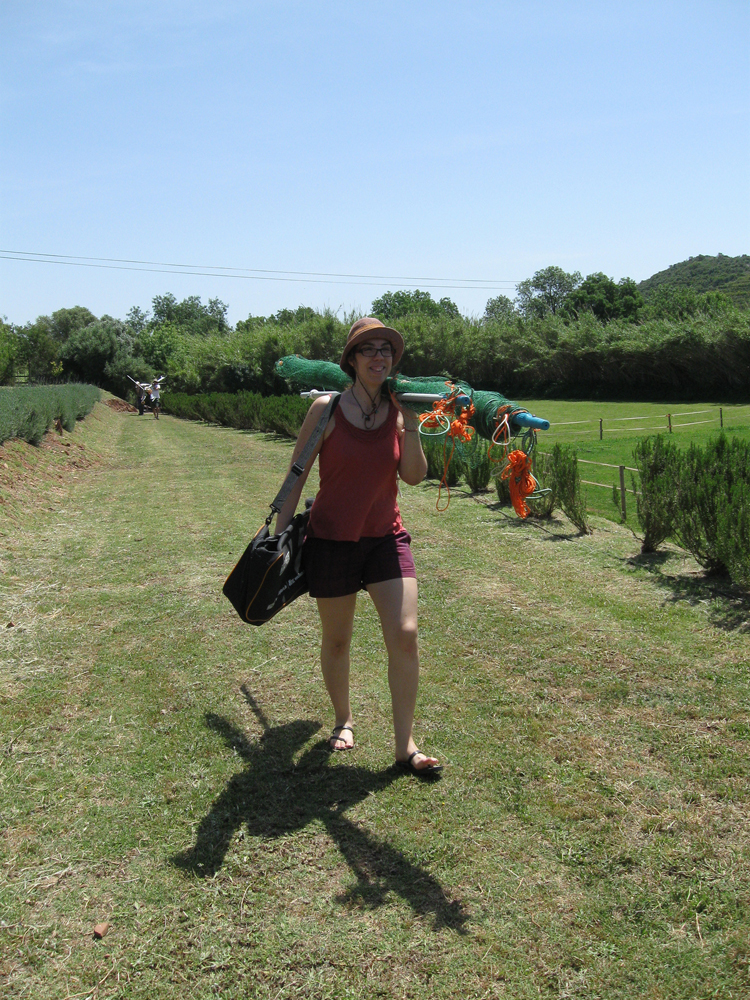José Pinto
Why are you here?
I am in charge of developing the support for deliberative planning onboard the LSTS AUVs and shore-AUV satellite communications. I have been operating the AUVs during the sunfish experiment and, together with Margarida, we have developed the Neptus user interfaces that are used for operation and providing situation awareness of what is going on in the field.
What was your first reaction when you heard about this project?
I was just thrilled. Despite being aware of the work necessary for this kind of experiment, I thought we couldn't pass the opportunity to work with field scientists and actually advance their fields using our home-grown technologies.
What do you expect of Sunfish Tracking?
It has been lots of work preparing the experiment. If things actually work out as expected I will certainly feel accomplished and will be lots of fun to concentrate efforts with such a heterogeneous team of researchers.
What is most challenging for you in this project?
We usually operate LAUV vehicles close to the base station so that we can monitor and control the vehicle's execution. For this exercise we will need to rely on satellite communications only which means that, when the vehicle dives, is completely disconnected and autonomous.
What will you take away from this experience?
Proof that LAUV vehicles and our software can be used not only for near-shore operations but also open-sea scientific missions.
